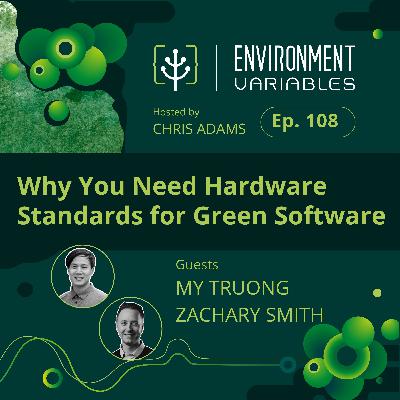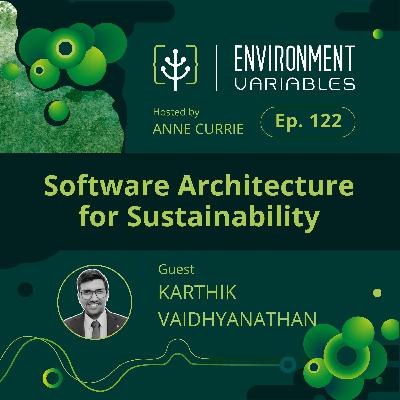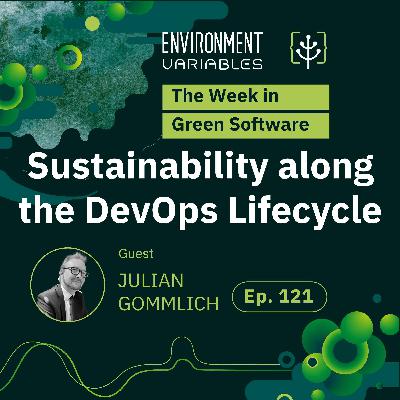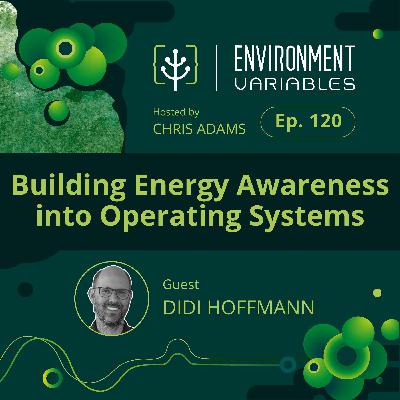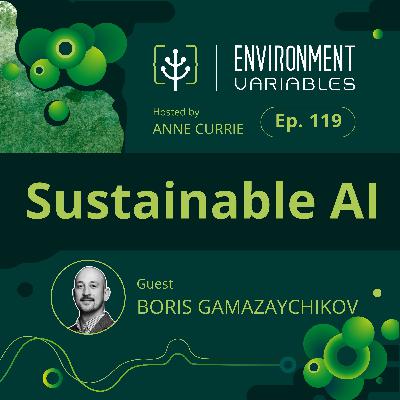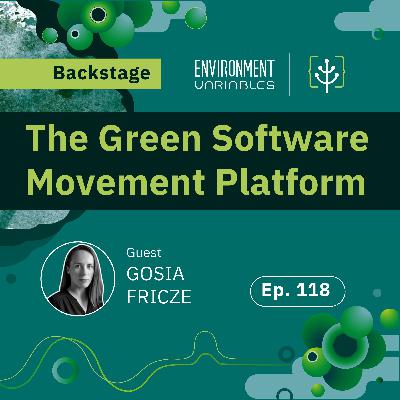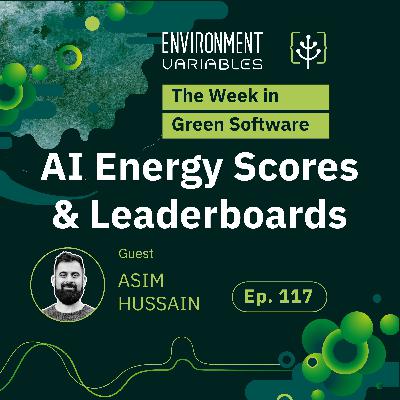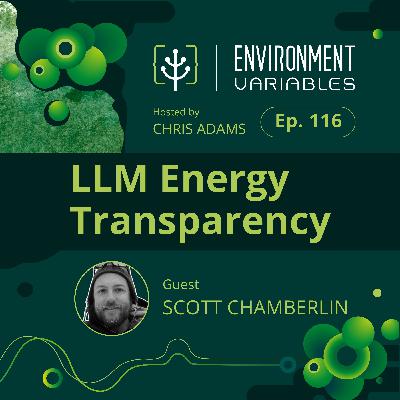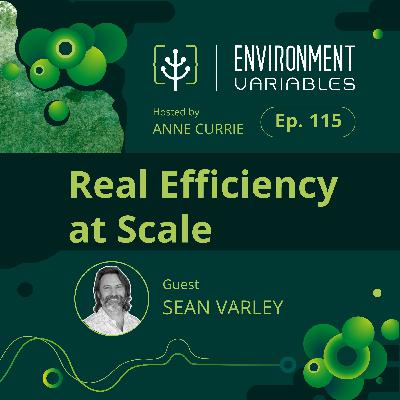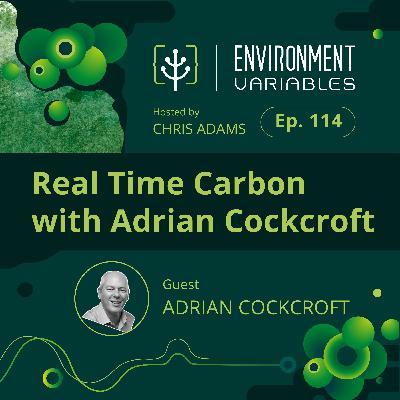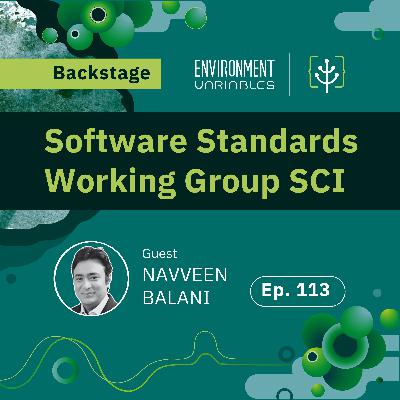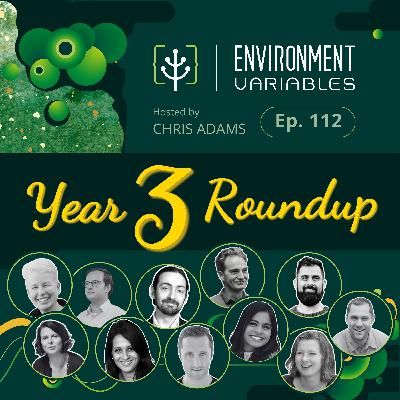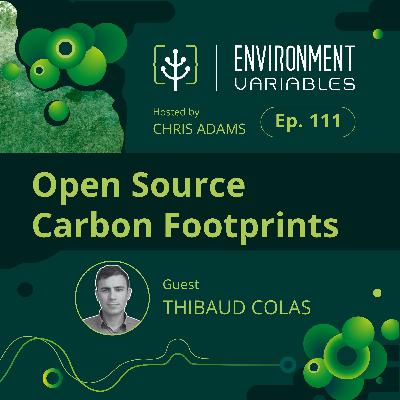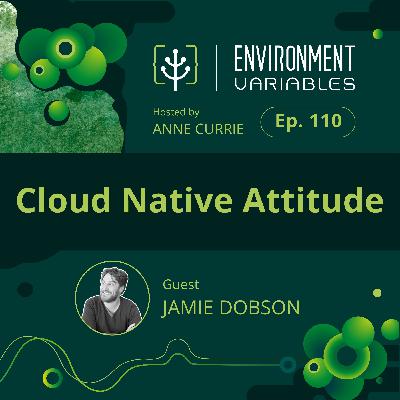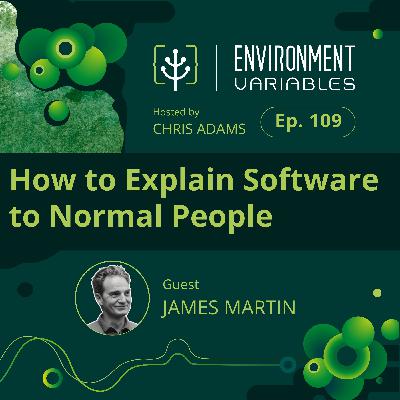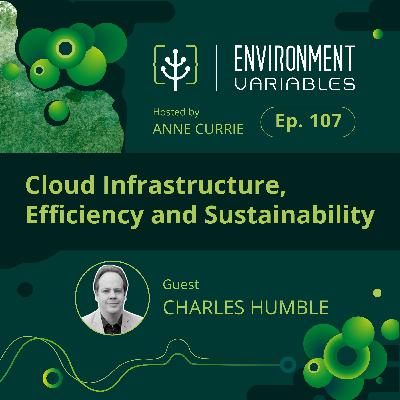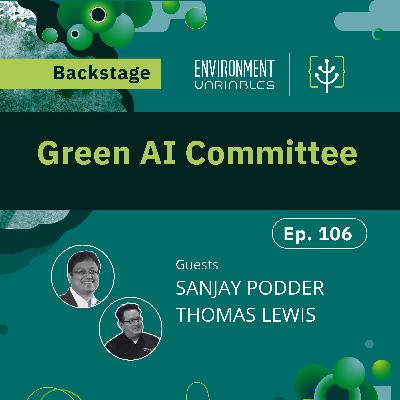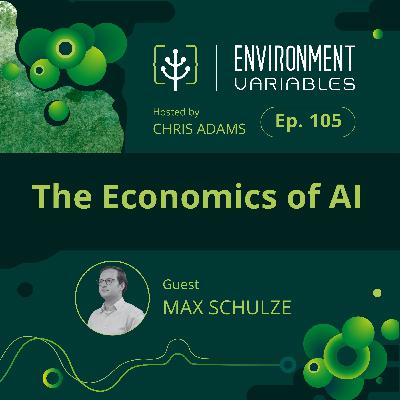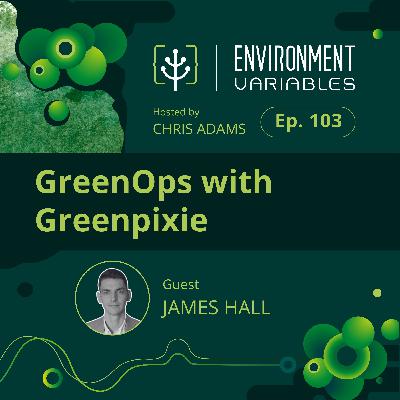Why You Need Hardware Standards for Green Software
Update: 2025-05-15
Description
Chris Adams is joined by Zachary Smith and My Truong both members of the Hardware Standards Working Group at the GSF. They dive into the challenges of improving hardware efficiency in data centers, the importance of standardization, and how emerging technologies like two-phase liquid cooling systems can reduce emissions, improve energy reuse, and even support power grid stability. They also discuss grid operation and the potential of software-hardware coordination to drastically cut infrastructure impact.
Learn more about our people:
- Chris Adams: LinkedIn | GitHub | Website
- Zachary Smith: LinkedIn | Website
- My Truong: LinkedIn | Website
Find out more about the GSF:
Resources:
- Hardware Standards Working Group | GSF [06:19 ]
- SSIA / Open19 V2 Specification [12:56 ]
- Enabling 1 MW IT racks and liquid cooling at OCP EMEA Summit | Google Cloud Blog [19:14 ]
- Project Mycelium Wiki | GSF [24:06 ]
- Green Software Foundation | Mycelium workshop
- EcoViser | Weatherford International [43:04 ]
- Cooling Environments » Open Compute Project [43:58 ]
- Rack & Power » Open Compute Project
- Sustainability » Open Compute Project
- 7x24 Exchange [44:58 ]
- OpenBMC [45:25 ]
If you enjoyed this episode then please either:
- Follow, rate, and review on Apple Podcasts
- Follow and rate on Spotify
- Watch our videos on The Green Software Foundation YouTube Channel!
- Connect with us on Twitter, Github and LinkedIn!
TRANSCRIPT BELOW:
Zachary Smith: We've successfully made data centers into cloud computing over the past 20 or 25 years, where most people who use and consume data centers never actually see them or touch them. And so it's out of sight, out of mind in terms of the impacts of the latest and greatest hardware or refresh. What happens to a 2-year-old Nvidia server when it goes to die? Does anybody really know Hello, and welcome to Environment Variables,
Chris Adams: brought to you by the Green Software Foundation. In each episode, we discuss the latest news and events surrounding green software. On our show, you can expect candid conversations with top experts in their field who have a passion for how to reduce the greenhouse gas emissions of software.
I'm your host, Chris Adams.
Hello and welcome to Environment Variables, the podcast where we explore the latest in sustainable software development. I'm your host, Chris Adams. Since this podcast started in 2022, we've spoken a lot about green software, how to make code more efficient so it consumes fewer resources or runs on a wider range of hardware to avoid needless hardware upgrades, and so on.
We've also covered how to deploy services into data centers where energy is the cleanest, or even when energy is the cleanest, by timing compute jobs to coincide with an abundance of clean energy on the grid. However, for many of these interventions to work, they rely on the next layer down from software,
the hardware layer, to play along. And for that to work at scale, you really need standards. Earlier this year, the SSIA, the Sustainable and Scalable Infrastructure Alliance, joined the Green Software Foundation. So now there's a hardware standards working group for HSWG within the Green Software Foundation too.
Today we're joined by two leaders in the field who are shaping the future of sustainable software. So, oops, sustainable hardware. We've got Zachary Smith formerly of Packet and Equinix, and My Truong from ZutaCore. We'll be discussing hardware efficiency, how it fits into the bigger sustainability picture, the role of the Open19 standard, and the challenges and opportunities of making data centers greener.
So let's get started. So, Zachary Smith, you are alphabetically ahead of My Truong, Mr. Truong. So can I give you the floor first to introduce yourself and tell a little bit about yourself for the listeners?
Zachary Smith: Sure. Thanks so much, Chris. It's a pleasure being here and getting to work with My on this podcast. As you mentioned, my name's Zachary Smith. I've been an entrepreneur, primarily in cloud computing for, I guess it's about 25 years now. I went to Juilliard. I studied music and ended up figuring that wasn't gonna pay my rent here in New York City and in the early two thousands joined a Linux-based hosting company. That really gave me just this full stack view on having to put together hardware. We had to build our own computers, ran data center space, oftentimes helped build some of the data centers, connect them all with networks, travel all around the world, setting that up for our customers. And so I feel really fortunate because I got to touch kind of all layers of the stack. My career evolved touch further into hardware. It just became a true passion about where we could connect software and hardware together through automation, through accessible interfaces, and other kinds of standardized protocols, and led me to start a company called Packet, where we did that across different architectures, X86 and ARM, which was really coming to the data center in the 2014/15 timeframe. That business Equinix, one of the world's largest data center operators. And at that point we really had a different viewpoint on how we could impact scale, with the sustainability groups within Equinix as one of the largest green power purchasers in the world, and start thinking more fundamentally about how we use hardware within data centers, how data centers could speak more or be accessible to software users which as we'll, unpack in this conversation, are pretty disparate types of users and don't often get to communicate in good ways. So, I've had the pleasure of being at operating companies. I now invest primarily businesses around the use of data centers and technology as well as circular models to improve efficiency and the sustainability of products.
Chris Adams: Cool. Thank you Zachary. And, My, can I give you the floor as well to introduce yourself from what looks like your spaceship in California?
My Truong: Thanks. Thanks, Chris. Yes. So pleasure being here as well. Yeah, My Truong, I'm the CTO at ZutaCore, a small two-phase liquid cooling organization, very focused on bringing sustainable liquid cooling to the marketplace. Was very fortunate to cross over with Zach at Packet and Equinix and have since taken my journey in a slightly different direction to liquid cooling. Super excited to join here. Come from, unfortunately I'm not a musician by a classical training. I am a double E by training. I'm joining here from California on the west coast of the Bay Area.
Chris Adams: Cool. Thank you for that, My. Alright then. So, my name is Chris. If you're new to this podcast, I work in the Green Web Foundation, which is a small Dutch nonprofit focused on an entirely fossil free internet by 2030. And I'm also the co-chair of the policy working group within the Green Software Foundation.
Everything that we talk about, we'll do our best to share links to in the show notes. And if there's any particular thing you heard us talking about that you're really interested that isn't in the show notes, please do get in touch with us because we want to help you in your quest to learn more about green software and now green hardware.
Alright then looks like you folks are sitting comfortably. Shall we start?
Zachary Smith: Let's do it.
Chris Adams: All right then. Cool. Okay. To
Comments
In Channel

